exhibitions
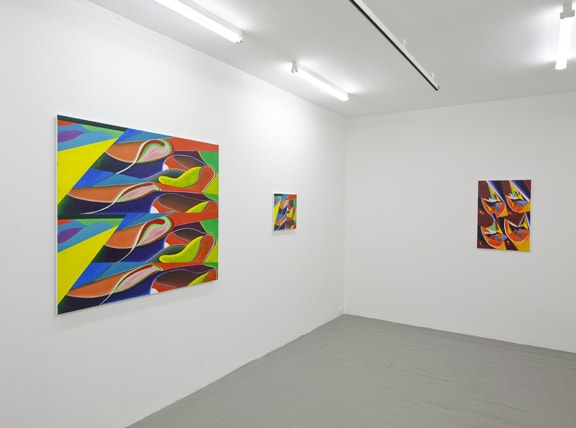
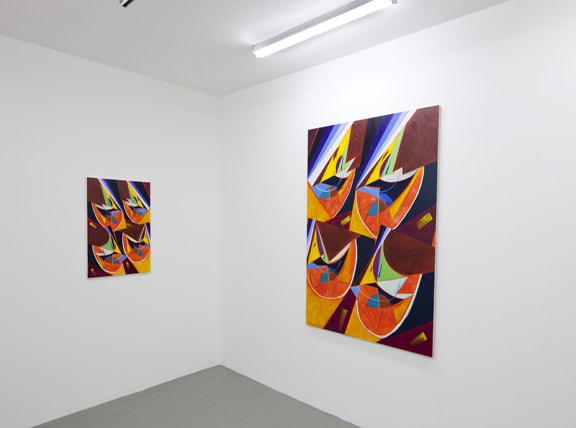
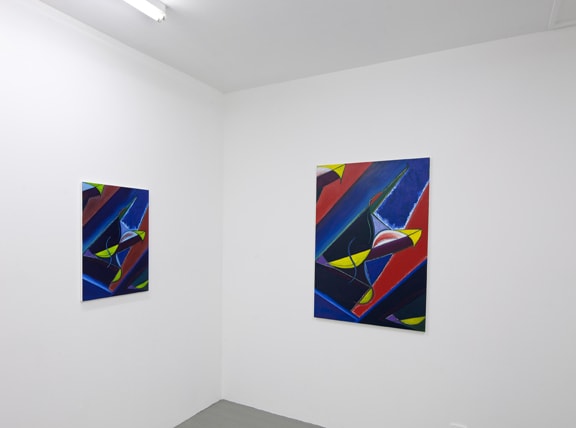
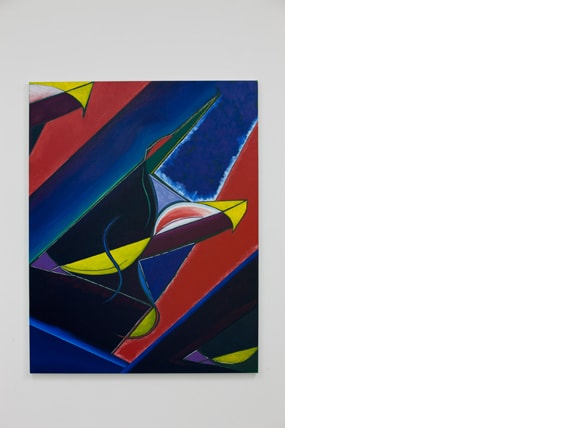
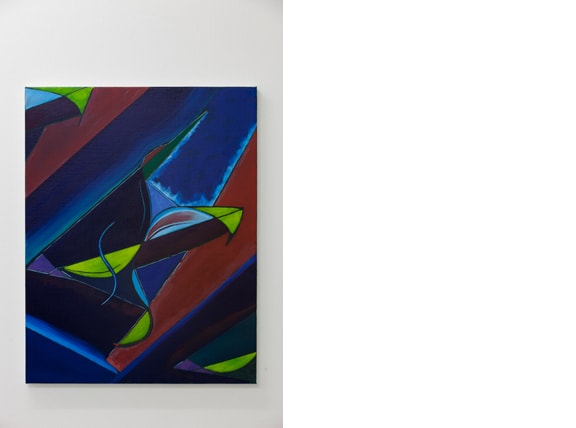
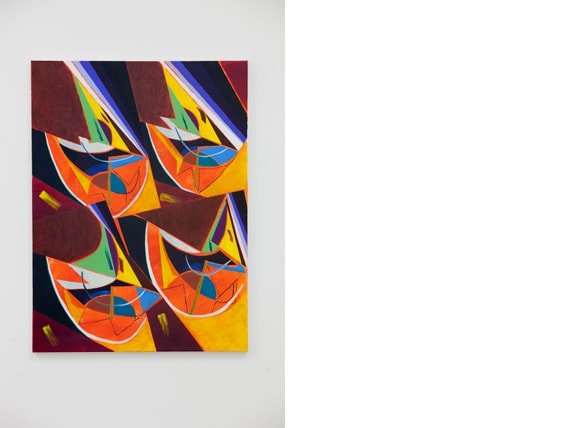
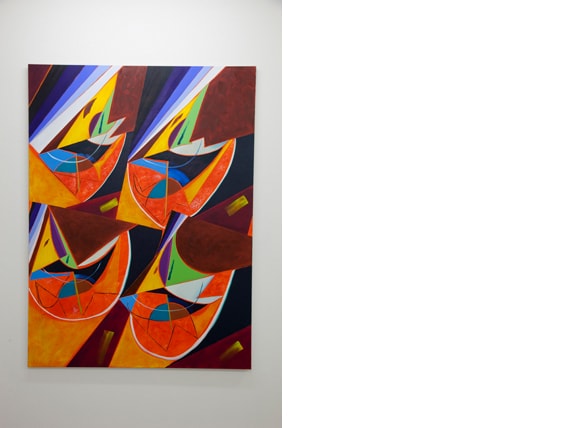
STUDIO 12 | TREVELYAN CLAY: SAME PAINTINGS
–
Studio 12 Exhibition
TREVELYAN CLAY - SAME PAINTINGS
Catalog text produced for Gertrude Contemporary and Art and Australia Emerging Writers Program -
I ask Trevelyan Clay how he starts a painting, it comes out like, “Where are the car keys?” It ends the sentence, prolongs a glance between us. I might as well have asked, “What do you paint or what is a painting?” There’s a line he’s come up with to avoid such questions: like a Blue Light Disco in Alice Springs..
I go up and visit Trevelyan’s studio on a Monday morning to ask about his Studio 12 show. The room has all the necessary stuff: paints, brushes, an open laptop playing ZZ Top loud. Studies to scale up are stacked about the space, set out in the utilitarian, Brechtian fashion: only things that he’s actually going to use are around. The work on the walls and the floor give emphasis to work being a theme within Trevelyan’s painting itself.
Set in the title, Same Paintings looks to the employees of the month of industrialised society; to menial repetition, regimentation, hands, dreams, packed lunches, o h and s, taking the chairs in at night… Each painting is a new worker - with a new job - with a new brain to think with. All these factors come into play and you wake up and wonder why you’re in Big W. It seems scrambled but there is a core of determination.
There’s an episode of The Simpsons where the writers of ‘Itchy and Scratchy’ go on strike and the show gets outsourced to the Russians. The cat and mouse are replaced with demented figures of Constructivist cubes dancing to their blood on the walls and the floor. It’s both depraved and piss-funny. Trevelyan’s work is like this by being colours caught in their schizophrenic skins. The colours roll over with the shameless spirit of a dog and show a different side to themselves.
. ‘Same Paintings’ could be thought of as a series of slogans akin to early 20th century European graphic design. But there are no words… All is good was good is beginning and has not ended… Trevelyan expresses this without text, always and over again, but he ever expresses it the same. He carries a wide range of influences: technology, colour, grime, music, the Western Desert Painting movement, food art revolution, worms, Cubism, bingo halls in St Albans. The influences are spread about in front of you, as the viewer, congealing like a chemical in your blood. They are paintings and moving. They are kinetic and pulsating, colliding forms and thoughts that you don’t usually speak of in the same breath… the proverbial pushing a square through a triangle. Double helixes smoking cigarettes. Tattooed flowers. Because of this, Trevelyan’s work gains a multiplicity of meaning. And it’s also met with subtle humour; think of a Francesco Clemente figure not poking someone in the arse but pressing and holding their finger down on the arse. Cocked eyebrow. Smug mouth. With his visual and technological talking cures, and with no sense of pretention or concern for pretty-picture-making, Trevelyan’s paintings show how media dwarfs and bastardises information, how it confuses us and makes us think in salt-sachet fragments.
Back in the studio, before Trevelyan shows some of his studies or paintings he points to the open laptop… Multiple windows are open and stacked up on each other – word documents, Safari, iTunes, Finder, etc. We both look at it in silence… (two stoners waiting for a DVD screensaver blimp to bounce perfectly into a corner). The bric-a-brac on the screen - in no
particular order, strung out like islands ‐ is a plasma canvas. It’s another influence on Trevelyan, along with the lay-out and lottery of Google image searches… the titles of his works could easily be taken as infinite codecs or cookies:
Puffin Puffin Mirror Skerrit Skeritt Filter
Crash Eye Crash Eye Split
Randomness is key to a series that are supposed to be the ‘same’
Again I ask the car key question… He goes to talk with smiles pushing at the corners of his mouth, holding it. He takes up a tool: a sharp grey lead and knocks up four fours into an equilateral geometry on his white studio wall. It’s like this but by hand:
4 4
4 4
He adds licks and dashes to the fours, obscuring and abstracting his own font until I get an insight into one of the methods he uses and how it changes and is never the same. There’s a beautiful balance of measurement and improvisation. He keeps building on the fours and sure enough a painting is starting.
SCOTT MCCULLOCH